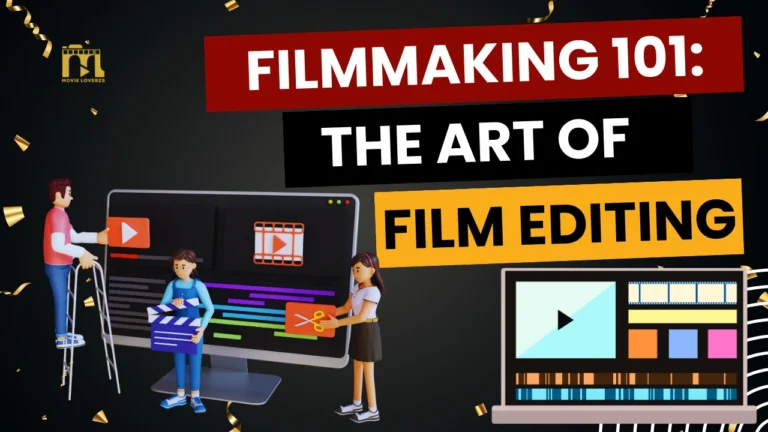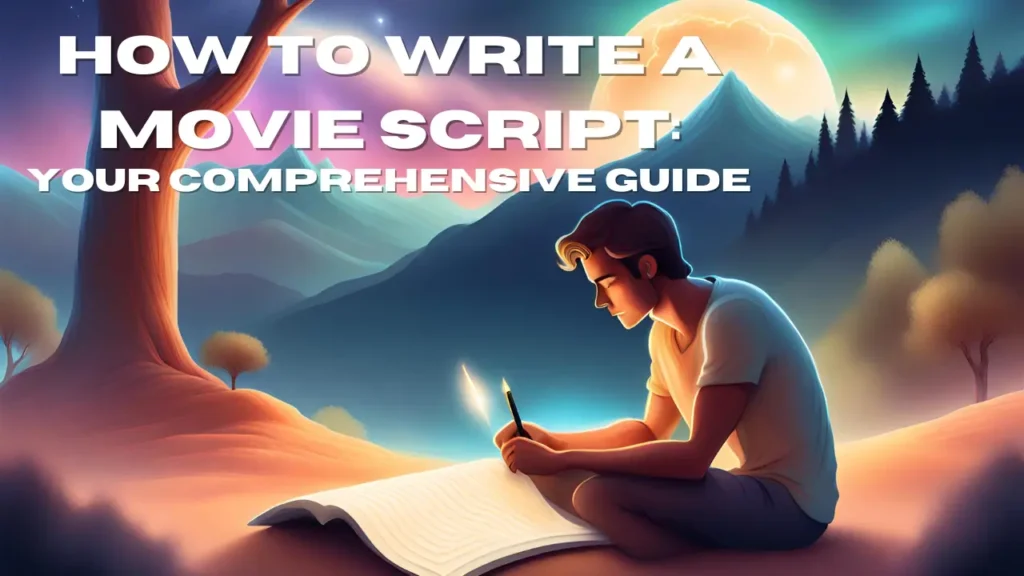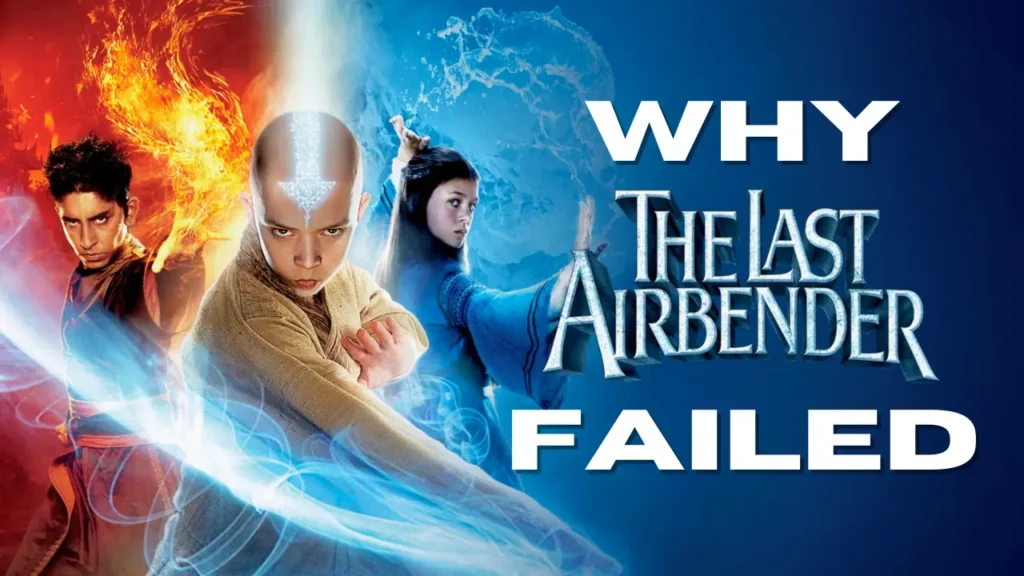Table of Contents
ToggleFilm editing is a crucial element in the process of filmmaking, as it involves the selection and sequence of shots to create a coherent and meaningful story.
It is the process of manipulating and rearranging video shots to create a final product that tells a story or communicates a message.
Editing can be considered as the invisible art of filmmaking, as it is the final stage of the creative process where the director’s vision comes to life.
The Role of Film Editor
The film editor is responsible for shaping the raw footage into a cohesive story that captures the audience’s attention.

They work closely with the director and other members of the production team to create the final cut of the film.
The editor must be able to work creatively while interpreting the director’s vision and adhere to the technical specifications of the film.
The Importance of Editing
Editing is the backbone of filmmaking as it is responsible for creating the pace, rhythm, and emotion of the film.

It is also responsible for enhancing the performances of actors and creating a sense of continuity in the story.
The editor is responsible for selecting the best takes, trimming footage, and arranging the shots in the right sequence to create a cohesive story.
The Different Types of Cuts
There are different types of cuts that can be used to create a film. They include:
- Cutaway: A shot that is used to cut away from the main action to something else happening in the scene.
- Cross-cutting: A technique used to show simultaneous events happening in different locations.
- Match cut: This is a technique used to seamlessly transition between shots by matching the action from one shot to the next.
- Jump cut: A cut that creates a jarring effect by cutting between two shots that are too similar or too different.
The Editing Process
The editing process typically involves the following stages:
- Selecting the best takes: The editor goes through all the footage captured during filming and selects the best takes.
- Assembly: The selected footage is assembled into a rough cut that captures the essence of the story.
- Rough Cut: The rough cut is reviewed by the director and the production team to provide feedback.
- Fine Cut: After addressing the feedback, the editor creates a fine cut that polishes the rough cut and tightens the pacing.
- Sound Design: Sound is added to the film to enhance the story, including music, sound effects, and dialogue.
- Color Correction: The colors in the film are corrected to create a consistent look and feel.
The Tools of the Trade
Film editing requires specific tools to complete the job. These tools include editing software, such as Final Cut Pro and Adobe Premiere Pro, and hardware, such as a computer and external hard drive.

The editing software allows the editor to manipulate the footage and create a polished final cut.
The Impact of Editing on the Final Product
The final product of a film is heavily influenced by the editing process. The pacing, rhythm, and emotion of the film are all a result of the editor’s choices.
A well-edited film can captivate an audience and create an emotional impact that resonates long after the film ends.
FAQs
What is film editing?
Film editing is the process of selecting, arranging, and manipulating raw footage to create a cohesive narrative.
What skills are required to be a film editor?
Film editors must have a deep understanding of the film production process, technical proficiency in editing software and video formats, and a keen eye for detail and storytelling.
What is the impact of film editing on the final product?
Film editing can make or break a film, as a well-edited film can elevate an average script to greatness.
What are the artistic elements of film editing?
Artistic elements of film editing include pacing, rhythm, emotion, and the ability to use cuts, transitions, and music to convey meaning and evoke emotion.
How is the world of film editing changing?
As technology continues to evolve, new techniques such as virtual reality editing are emerging, but the fundamental principles of film editing remain the same.
Conclusion
Film editing is an art form that requires a combination of technical skill and creativity. It is a collaborative process that involves the director, the production team, and the editor.
The final product of a film is heavily influenced by the editing process and can make or break a film. A well-edited film can captivate an audience and create a lasting emotional impact.






